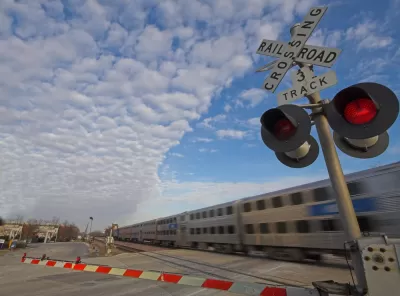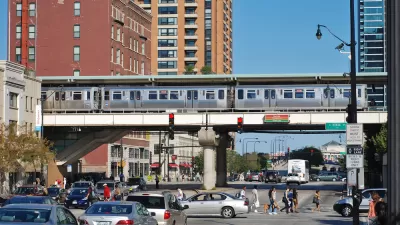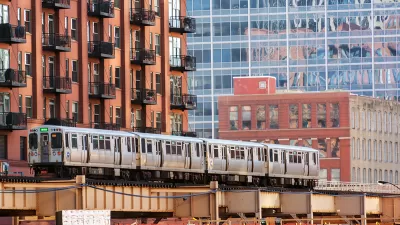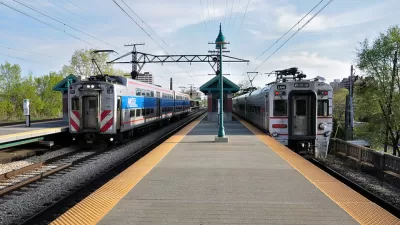The Red Line extension to 130th is still unfunded and a universal Chicago fare card hasn’t materialized, but in the immediate term, the Metra can run more trains and charge lower fares to help get the South Side moving.

South Side Chicagoans lack the transportation resources enjoyed by their neighbors farther north. There are fewer bike lanes, many of the roads are in worse shape and they don’t have as robust a public transit service as North Siders enjoy. An editorial by the Chicago Tribune Editorial Board argues that the fastest way to address the issue is to improve service on the Metra Electric Line. The editorial contends that, while they would like to see the city get on a one-payment card system for all the areas and transit services and the Red Line extended, the expansion of Metra service on the Electric Line could happen faster.
"Metra has already agreed to build a new Electric Line station at 95th Street, as well as a parking facility on the campus of nearby Chicago State University," the editorial points out. The newspaper argues the service should go beyond these efforts by increasing the number trains they run and matching the CTA’s lower fares.
Importantly, the Metra Electric Line could more easily increase the number of trains it runs than other Metra lines because, unlike other lines, Metra owns those tracks and doesn’t share them with freight rail. The Tribune argues that lower fares and better service will increase ridership on the Electric Line, pointing to a study Cook County conducted on the matter, additional fare revenue could help cover some of the additional costs of this service, but more importantly, in the view of the piece’s authors, it would get more people where they need to go.
FULL STORY: Editorial: A smart plan to help Metra serve the South Side better

Alabama: Trump Terminates Settlements for Black Communities Harmed By Raw Sewage
Trump deemed the landmark civil rights agreement “illegal DEI and environmental justice policy.”

Study: Maui’s Plan to Convert Vacation Rentals to Long-Term Housing Could Cause Nearly $1 Billion Economic Loss
The plan would reduce visitor accommodation by 25% resulting in 1,900 jobs lost.

Why Should We Subsidize Public Transportation?
Many public transit agencies face financial stress due to rising costs, declining fare revenue, and declining subsidies. Transit advocates must provide a strong business case for increasing public transit funding.

Wind Energy on the Rise Despite Federal Policy Reversal
The Trump administration is revoking federal support for renewable energy, but demand for new projects continues unabated.

Passengers Flock to Caltrain After Electrification
The new electric trains are running faster and more reliably, leading to strong ridership growth on the Bay Area rail system.

Texas Churches Rally Behind ‘Yes in God’s Back Yard’ Legislation
Religious leaders want the state to reduce zoning regulations to streamline leasing church-owned land to housing developers.
Urban Design for Planners 1: Software Tools
This six-course series explores essential urban design concepts using open source software and equips planners with the tools they need to participate fully in the urban design process.
Planning for Universal Design
Learn the tools for implementing Universal Design in planning regulations.
Caltrans
Smith Gee Studio
Institute for Housing and Urban Development Studies (IHS)
City of Grandview
Harvard GSD Executive Education
Toledo-Lucas County Plan Commissions
Salt Lake City
NYU Wagner Graduate School of Public Service





























